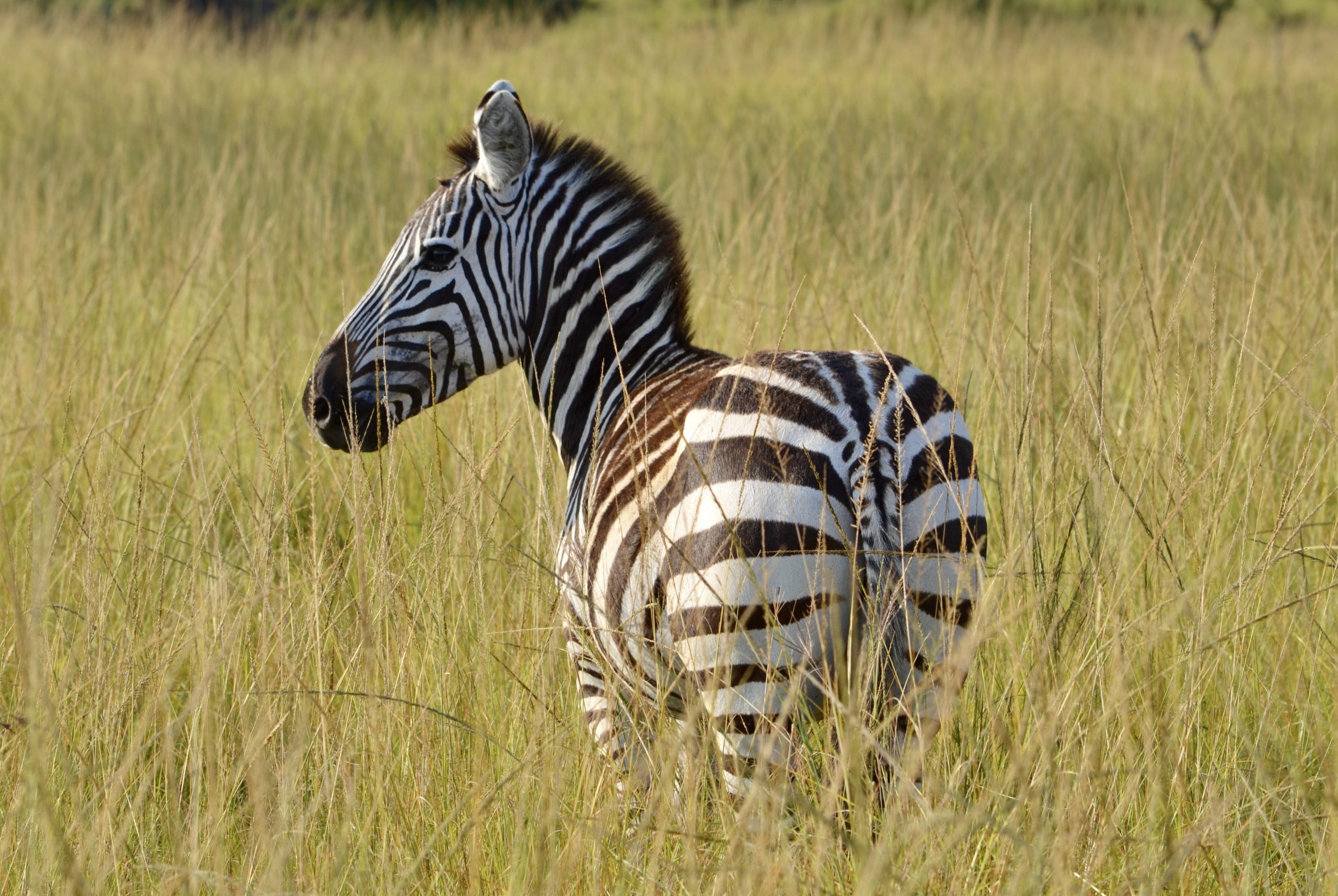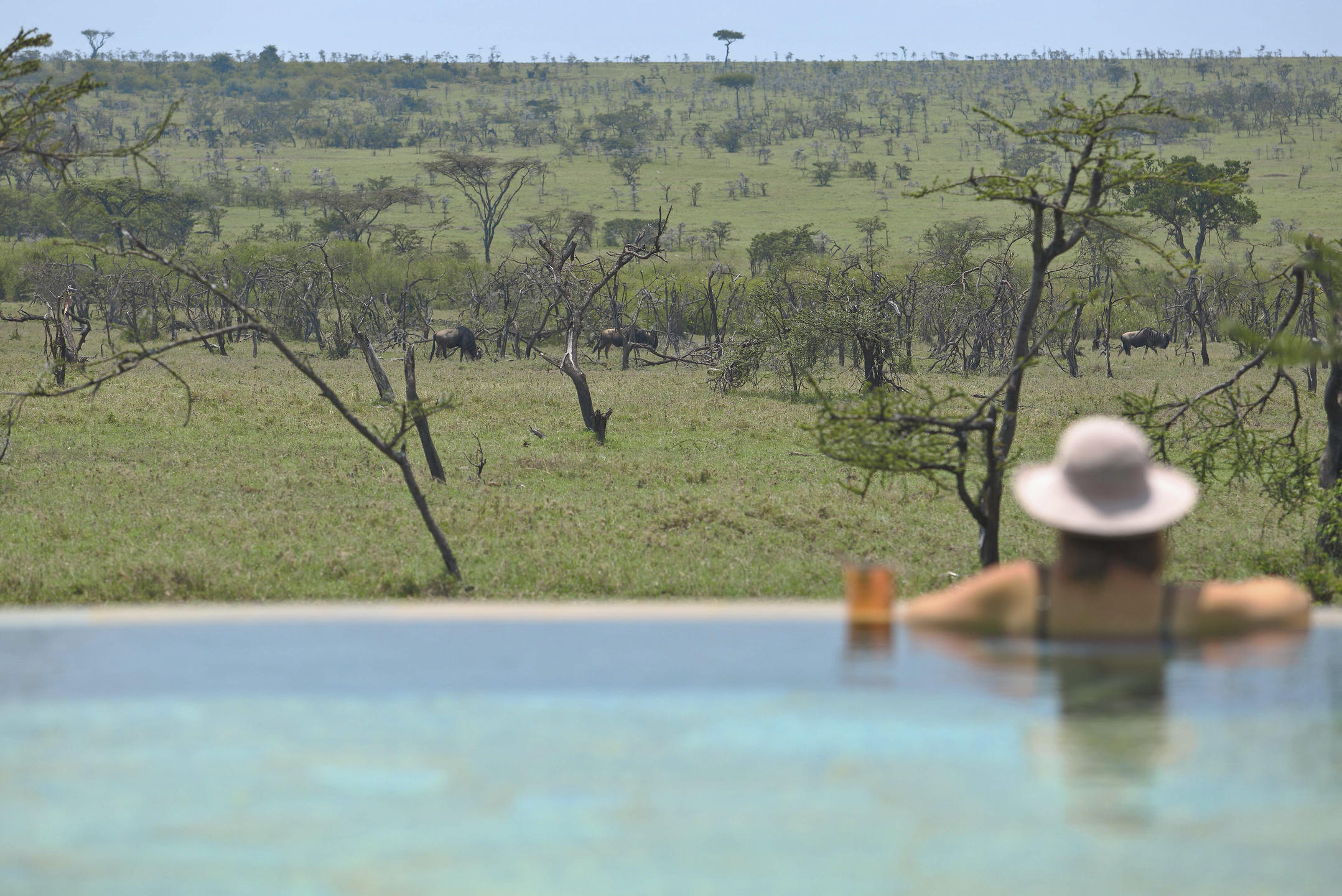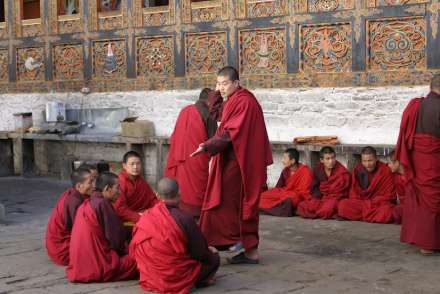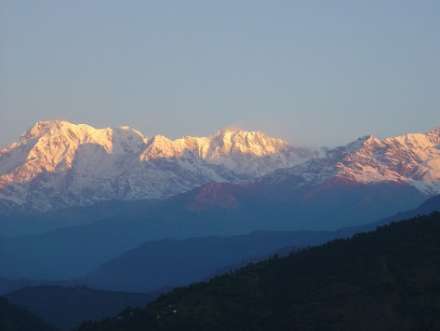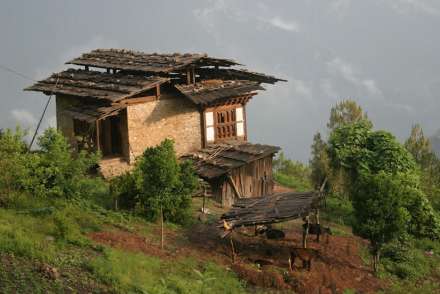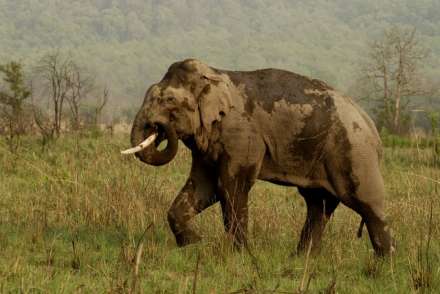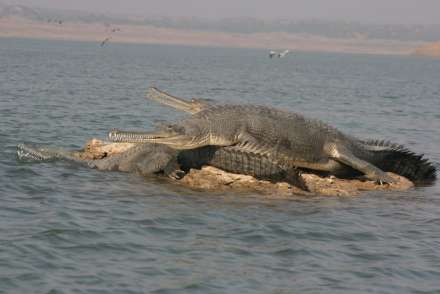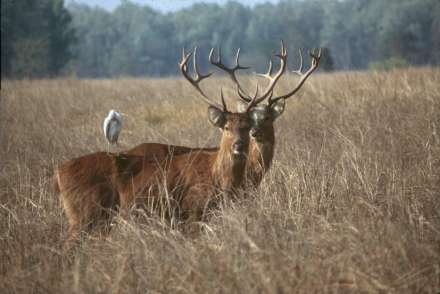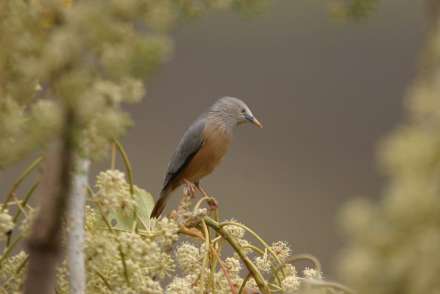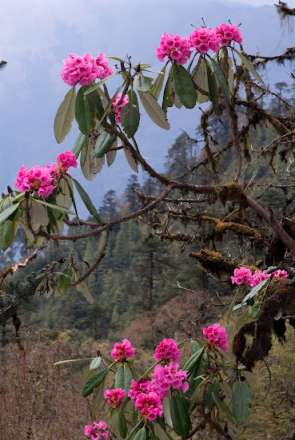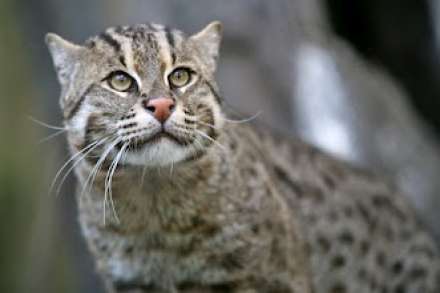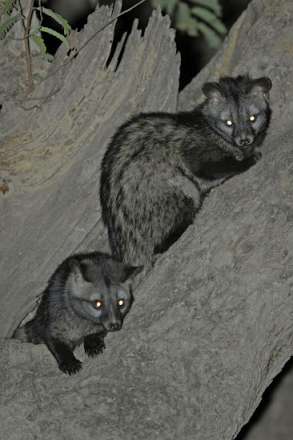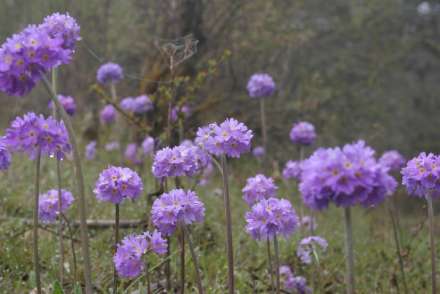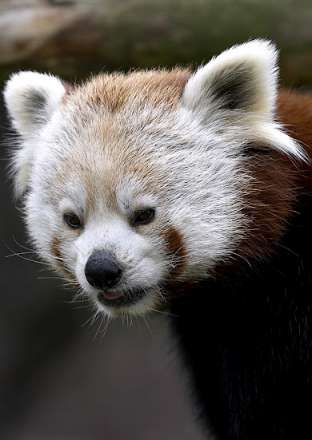Nepal
Flight Time
13-14 hours via Doha, Abu Dhabi or Delhi
Time Zone
UTC +5:45
Best Airlines
Etihad, Jet Airways, Qatar Airways and Turkish Airlines
Fly From
London, Birmingham, Manchester, Newcastle, Edinburgh, Glasgow
On The Map
Nepal Weather
| Jan | Feb | Mar | Apr | May | Jun | Jul | Aug | Sep | Oct | Nov | Dec | |
|---|---|---|---|---|---|---|---|---|---|---|---|---|
| When to go |  |
 |
 |
 |
 |
 |
 |
 |
 |
 |
 |
 |
| Temp °C | 32 | 31 | 32 | 30 | 28 | 25 | 25 | 28 | 32 | 35 | 33 | 32 |
| Rain mm | 109 | 102 | 61 | 26 | 5 | 1 | 0 | 0 | 4 | 19 | 47 | 84 |
Call us on 01984 667420
Tracks Safaris- We get you closer to Africa
Before Nepal’s emergence as a nation in the latter half of the 18th century, the designation ‘Nepal’ was largely applied only to the Kathmandu Valley. Therefore up until the unification of the country, Nepal’s history is largely the history of the Kathmandu Valley.
The first documented ruling dynasty of Nepal is around 250 AD though history of this area dates back to BC period as well. After the Lichavi and Malla dynasty the Shah dynasty unified Nepal in the eighteenth century. The modern nation of Nepal only came into existence in the late 18th century when Prithvi Narayan Shah, ruler of a petty principality called Gorkha unified the myriad little hill states of the central Himalaya to form his Kingdom. But the prize of course was the powerful and rich valley of Nepal – what today we call Kathmandu – with its trade, wealth, agriculture and productive population.
King Prthvi Narayan Shah had to wait for 20 years to capture Kathmandu though the rulers of Kathmandu the Malla dynasty was always engaged in fratricidal wars that resulted in the three kingdoms – Kathmandu, Bhaktapur and Patan.
The Shah’s were Gorkhas – a martial race which later became very famous for their contribution to the British Army.
Today Nepal is a sovereign independent country situated on the southern slopes of the mid-Himalayas, the formidable range of eternal snows. In the east, the Mechi River and Singallia ridge separate the country from Sikkim and West Bengal. In the south Nepal boundaries the Indian states of West Bengal, Bihar and Uttar Pradesh. In the west Mahakali River is the natural border separating the Kingdom from Uttar Pradesh. Nepal’s northern boundary merges with the Tibet Autonomous region of the People’s Republic of China.
Nepal is a land-locked country – the nearest seacoast being 1,127 kms away in India. The major part of the country is of high mountains and rolling hills – accounting for about 83% of the total land – and the plain of Terai occupies the remaining 17%.
There are several high peaks within its territory – Mt. Everest, Manslu, Annapuran, Ama Dablam, Machhapuchare, Lhotse, Makalu, Cho Oyu and Dhaulagiri. All of them are beyond 8000m and it makes Nepal the only country to have so many peaks beyond 8000m.
Nepal is a trekker’s and mountain lover’s dream. The forests are varied – from the subtropical forests of the Terai (lowland) region to the high peaks in the north, with a variety of fauna and flora also unparalleled elsewhere in the region.
Altitude variances in short distance give Nepal’s biogeography variety that range from lush moist forests and sparse alpine deserts to luxurious grasslands in lowland Terai.
The lowland jungles of Nepal are part of the once fables forests of the Sub Himalayas known as the Terai, once considered by hunters and sportsmen to be a virtually inexhaustible source of wildlife. The terai jungles have been decimated by exploding human populations but two superb specimens remain in Nepal – Royal Chitwan National Park in the valley of the Rapti River and the Royal Bardia National Park along the scenic Karnali River.
Between them they represent the inner and outer terai and are different enough to merit time spent in each.
Chitwan National Park
The park is situated in south central Nepal, covering 932 sq km in the subtropical lowlands of the inner TERAI. The park consists of a diversity of ecosystems, including the Churia hills, ox-bow lakes and the flood plains of the Rapti, Reu and Narayani rivers. The Churia hills rise slowly towards the east from 150m to more than 800m. The western portion of the park is comprised of the lower but more ruged “Someshwor hills”. The park shares its western boundary with the “Parsa Wildlife Reserve”.
Chitwan is dominated by sal forest which covers most of the park, apart from sal forests you can find grassland and riverine forest. The spectacular landscape, covered with lush vegetation and the Himalayas as the backdrop, makes the park an area of exceptional natural beauty. The forested hills and changing river landscapes serve to make Chitwan one of the most stunning and attractive parts of Nepal’s lowlands.
Chitwan is best explored on elephant back or by open jeeps – the forest is home to a rich number of bird and mammal species including One Horned Indian Rhinoceros, Asiatic Elephant, Bengal Tiger, Asiatic Leopard, Fishing Cat, Jungle Cat, Bengal Fox, Asiatic Jackal.
Birdlife includes the Bengal Florican, Great Pied Hornbill, Red Headed Trogon, Red Breasted Parakeet, Lagger Falcon, Green Billed Malkoha, Spangled Drongo, Spiny Babbler, Slender Billed Babbler, Grey Crowned Prinia, Pale Footed Bush Warbler, Brown Crake, Cinnamon Bittern, Grey Capped Pygmy Woodpecker, Himalayan Flameback, Red Headed Trogon, White-browed Scimitar Babbler, Lesser and Greater Yellownape.
The reptiles include the Fish Eating Crocodile or Gharial, the Indian Rock Python, the Reticulated Python, King Cobra and several species of lizards and turtles. There are a number of butterflies that can be found in Chitwan including rare ones such as the Northern Birdwing.
Bardia National Park
Bardia National Park is located in Nepal’s western plain, east of the Karnali River, covering an area of 968 sq km. It is the largest and most undisturbed protected area in the Terai, home to many endangered species including tiger, wild elephant, rhinoceros, swamp deer, gharial crocodile, marsh mugger crocodile and Gangetic dolphin.
The park protects 968 sq km of sal forest and whispering grassland bordering the Geruwa and Karnali Rivers. The atmosphere is wonderfully tranquil and the forest is peaceful with the occassional shrill trumpet from an elephant. The western end of the Bardiya is bounded by numerous water-ways of the Karnali which have created many large and small gravel islands. These islands and much of the lower ground area is covered by a mosaic of grassland and riverine forest of acacia, sisam and the large buttressed silk cotton trees. In spring, the silk cotton blooms and the forest comes alive with scarlet flowers.
Bardiya is the home to a wide variety of animals, many of which live in and around the Phantas. These open grasslands such as Baghora and Lamkoili are the best places to view animals the most conspicuous of which is the spotted deer. Other ungulates include Black Buck, Hog deer, Samber, Wild boar and Barasingha or swamp deer. Two species of monkeys, the Langur and the Rhesus Macaque are also present and you can also see the Smooth Coated otter in Bardia. The park is famous for its small herds of wild elephants which are rarely seen. Carnivores include the Tiger, Asiatic leopard, Fishing Cat and the Jungle Cat.
Major birds include Bengal Florican, Great Slaty Woodpecker, Sulphur-bellied Warbler, Western Crowned Warbler, Blyth’s Pipit, White-tailed Stonechat, Tawny-bellied Babbler, several species of waders, waterfowl, storks and egrets and a number of raptors such as the Grey Headed Fish Eagle, Pallas’ Fish Eagle, White Tailed Eagle, Crested Serpent Eagle, some species of harriers etc.
Sukla Phanta Wildlife Reserve
Situated in far west Nepal, Sukla Phanta Wildlife Reserve remains the most remote of the country’s lowland protected areas.
It is well worth a visit and is relatively easy to reach nowadays, being just four hours by road from Nepalganj, from where there are daily flights to Kathmandu. Sukla Phanta is well known for its large population of Swamp Deer. It covers 305 sq kms and contains extensive grasslands as well as riverine and sal forest.
The grasslands support a range of rare species including Bengal Florican. Suklaphanta is also a good place to see Great Slaty Woodpecker. A visit to the grasslands early on a hot sunny morning is a memorable experience – the air is filled with the sound of Oriental Skylarks and Rufous Winged Larks, while Black Francolins buzz from every side, Bengal Floricans strut amongst the short, burnt, grass, Green Bee-eaters and Indian Rollers flash their wings as they hawk for insects in the bright sunshine. Rarer species like the Rufous Rumped Grassbird hide in the grass. It is a good place for raptors like Marsh Harrier, Himalayan Griffon, White Rumped Vulture, White Eyed Buzzard, Common Buzzard, Brown Fish Owl and few more species. Other birds include the Bright-headed Cisticola, Finn’s Weaver, Hodgsons’ Bushchat, Jerdon’s Bushchat , Jerdon’s Babbler, Black Bittern and many more species.
Sheopuri Area
Sheopuri (2730m) is a mountain 12km north of Kathmandu. It’s a Wildlife Reserve with a protecting boundary with rich forest and a lot of forest and scrub species.
From Kathmandu it is approached via Budhanilkantha (or Burhanilkanth) and then one can trek from there to Sheopuri. One needs a whole day to cover the area.
Birds include the Crested Serpent Eagle, Siberian and Himalayan Ruby-Throats, several species Babblers, Little Pied flycatchers, Red-billed Blue Magpies, White-throated Laughing Thrush, Grey-hooded Warbler, Ashy-throated Warbler, Greenish Warbler, Nepal Fulvetta, Grey-cheeked Warbler, Chestnut-crowned Warbler, Yellow-bellied and White-throated Fantail, Grey-throated Babbler, Black-chinned Babbler, Streak-throated Scimitar Babbler, Whiskered Yuhina, Spotted Forktail, Rufous-Gorgeted Flycatcher, Rufous-bellied Niltava, and Lesser Racket-tailed Drongo.
Mammals in this area include the Rhesus Macaque, the Nepal Grey Langur and few Barking Deer.
Phulchowki Area
Phulchowki Mountain, the highest peak on the rim of the Kathmandu Valley, lies 16 km southeast of Kathmandu. The mountain mainly comprises limestone and low-grade metamorphic marble. Phulchowki receives high rainfall and supports a luxuriant growth of subtropical broadleaved Schima wallichii and Castanopsis indica forests on the lower slopes and Rhododendron and small bamboo patches higher up, and Quercus semecarpifolia and a little bamboo at the highest elevations.
Those with some time in Kathmandu must visit Phulchowki’s 2,740m crown, where frost and snow cling to a temperate forest of spruce, fir, oak and rhododendron, to the subtropical forest around the mountain’s base at 1,520m. The birdlife on this forested mountain is the richest in the valley, no one visit producing the same long list of birds. Birding is on foot – walking downhill with several stops to look for birds like Kalij Pheasant, Bay Woodpecker, Himalayan Cutia, Long-billed and Chestnut Thrushes, Grey-bellied Tesia, Golden-throated Barbet, Hodgson’s Redstart, Golden Bush Robin, Grey-sided and Rufous-chinned Laughingthrush and Black-throated Parrotbill, Speckled Piculet, Red-billed Leiothrix, Rufous Sibia, Green-backed and Yellow-browed Tits, White-tailed Nuthatch, Brown-throated Treecreeper, Maroon Oriole, White-browed and Green Shrike-Babblers.
There are some mammals – the Barking Deer, Yellow-throated Marten, Orange-bellied Squirrel, Asiatic Jackal, Grey Mongoose and the Nepal Grey Langur. Phulchowki supports a rich variety of butterflies, including the rare Golden Emperor and Kaiser-I-Hind.
Koshi- Tappu Wildlife reserve
Koshi Tappu Wildlife Reserve lies on the alluvial flood plain of Sapta Koshi River – the larges river in Nepal and one of the three main tributaries of the Ganga.
The Koshi Tappu Wildlife Reserve is Nepal’s only Ramsar Site and must surely be one of the best wetlands in Asia for birds. Over 460 species have been recorded, including 16 globally threatened species, including Ruddy-breasted Crake, Yellow and Cinnamon Bitterns, as well as passerines such as Blunt-winged and Thick-billed Warblers, Red-necked Falcon, Pied Harrier, Spot-billed Pelican, Pallid Harrier, Black-necked Stork, Siberian Rubythroat and many more species. A short distance away is the Kosi Barrage with numerous waterbirds including Grey-headed Lapwing, and the Patnali forest where one can see the rare Jerdon’s Baza.
The main mammals of Koshi Tappu include the Water Buffalo, Gangetic Dolphin and the Blue Bull and this is a good area to try to see the rare Fishing Cat.
On a clear day the massive Makalu (8,463m) can be seen from Koshi Tappu area. The area is explored on boat and by foot – nearby villages are very scenic and visit is well worth.
Pokhara Valley
Pokhara valley is situated in the central part of the country and spreads mainly over Kaski district covering small portions of Tanahun and Syangja districts. From Pokhara, Tibetan border to the north is 72km and Indian border to the south is 78km. The elevation ranges from around 500m to 3000m.
The best places to observe mammals are the forest near Phewa Lake, Begnas Lake, Rupa Lake and Banpale Hill. Some major species are Common Leopard, Jungle Cat, Crab-Eating Mongoose, Masked Palm Civet , Indian Crested Porcupine, Golden Jackal, Barking Deer, the rare and very shy Common Otter, Assamese Macaque, and the Indian Hare.
Despite its small area, Pokhara valley still remains an important place for bird diversity. The valley is also called ‘Valley of Lakes’ as it consists of 9 lakes – Phewa, Begnas, Rupa, Khaste, Deepang, Gunde, Neurini, Maidi, and Nandi. The area is rich with birds – Baer’s Pochard, Greater painted Snipe, Marsh Sandpiper, Bronze Winged Jacana, White Rumped Vulture, Lineated and Great Barbet, Indian Cuckoo, Golden Spectacled Babbler, Black Throated Sunbird, Russet Sparrow, and Paddyfield Pipit.
The area is very scenic with wonderful short hikes and some long hiking options available. It is an ideal place to finish a trip after some wildlife and cultural watching – just relaxing at one of the many comfortable lodges and enjoying the spectacular views.
Langtang Region
The Langtang circuit is particularly special, encompassing some of Nepal’s finest forests and a wonderful sense of peace and tranquillity.
This is the place to find the finest forests of Nepal – the area may lack in diversity if it is compared to some other areas – but the quality of the forests is second to none. Langtang is rich in botany and has some of the most sought after flora species in Nepal including 15 forest types, 3000 species of flowering plants, more than 10 species of Rhododendron, Orchids, and Primulas.
Langtang is a popular tourism destination and has a beautiful geographical landscape. Thie area has been managed as Langtang National Park since 1976 and is the third most popular trekking destination after Annapurna and Everest region. The Langtang trek is undoubtedly the most rewarding experience for any trekker and nature lover and is both bird rich and botanically rewarding.
The Mountain peaks include Langtang-Lirung (7245m) Sanjen and Ganesh Himal as well as the adventurous pass including Gonjala pass, Lauribina pass, Pangsang pass, Langmala pass. These areas are very rich in birdlife and natural beauty.
The important faunal species includes Musk Deer, Snow Leopard, Red Panda, Himalayan Tahr, Assamese Macaque, Barking Deer, Yellow Throated Marten, Hoary Bellied and Orange Bellied Squirrel.
TRACKS SAFARIS WOULD BE DELIGHTED TO ASSIST YOU IN PLANNING YOUR JOURNEY TO NEPAL – CALL US ON 01984 667420 OR EMAIL [email protected]

